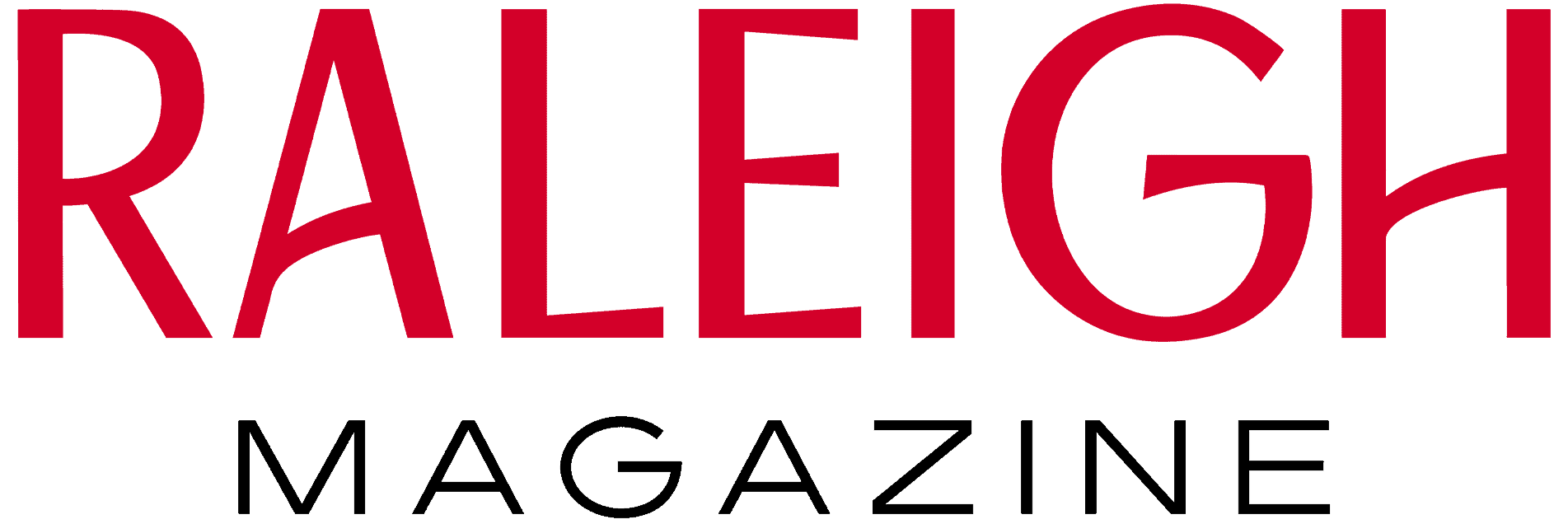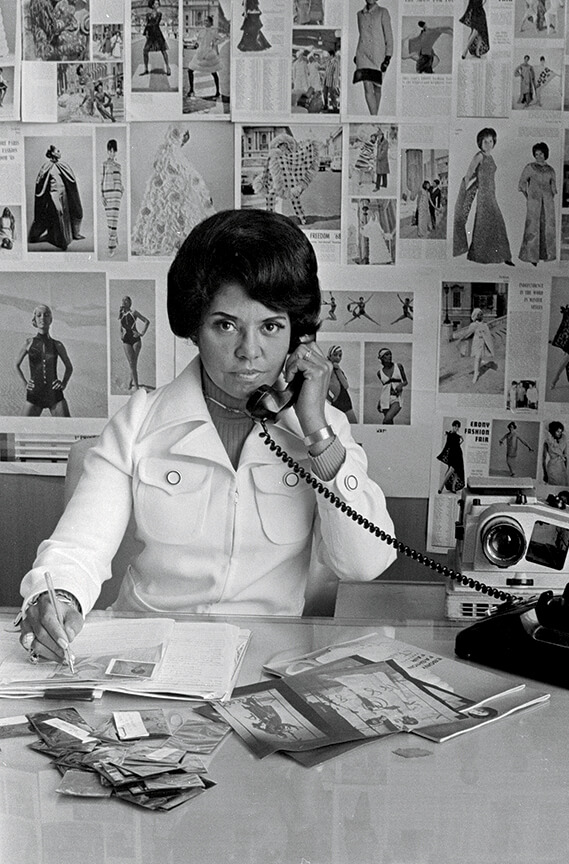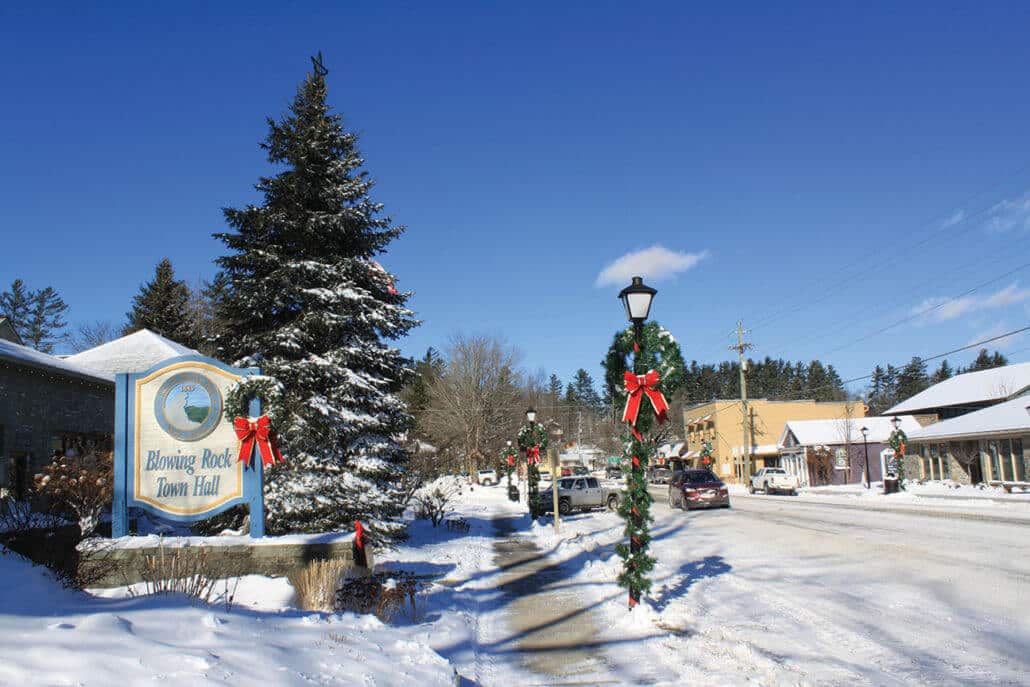Share this Post

Inspiring Beauty garment and related photography
Kimberly Kearse-Lane remembers walking runways across America in the Ebony Fashion Fair for a year in the late 1980s. The theme was “sizzling,” and Kearse-Lane says audiences went wild when the models strutted out in breathtaking designs from the leading names in high fashion.
“It could have been just a long dress, but it was the way you worked the runway and presented that dress; the audience just lost it,” recalls Kearse-Lane, who modeled professionally for five years and now works as an attorney in Charlotte. “It was absolutely the most amazing experience; I’ve never felt something like that before or since.”
Eunice Johnson, the co-owner of Johnson Publishing Co. and founder of Ebony Magazine, established the Ebony Fashion Fair in 1958. For fifty years, models toured the country, showcasing haute couture to African American audiences.
Late this month, the N.C. Museum of Art will open Inspiring Beauty: 50 Years of Ebony Fashion Fair, an exhibition exploring the touring fashion show’s extraordinary history. It will feature ensembles from world-famous fashion designers, archival photos and memorabilia and a series of lectures, workshops and other events.
“[She] was a tour de force,” says Vogue editor Andre Leon Talley, who worked closely with Johnson. “She crashed the glass ceiling. She was the first African-American to embrace the quality of high fashion, through her support of the European haute couture and American fashion when multicultural diversity didn’t exist in [the industry].”
Jennifer Dasal, a curator at the museum who helped bring the exhibition to Raleigh, describes how Johnson and the Ebony Fashion Fair made high fashion accessible to a broader audience and challenged conventions of beauty.
“In the 50s, particularly for African American women, you had to be solid in your conventions, conservative in the colors and types of clothing you wore,” Dasal says. “Seeing these conventions shattered with bright colors, eccentric designs and bold patterns and styles, it was shocking but also empowering. All of a sudden, you had the implicit permission to dress any way you wanted to.”
Johnson was also a visionary when it came to the models she used. She hired women, and some men, of all different sizes and shapes. Her African American models, who comprised the majority, represented all different skin tones from the lightest to the darkest shades of the spectrum.
Kearse-Lane, who describes herself as a tall, skinny tomboy growing up, went to the Ebony Fashion Fair every year with her mother. Those experiences, and ultimately her experience walking in the show, shaped her vision of herself and her understanding of what is considered beautiful.
“Being an African American girl from Topeka, Kansas, you would question yourself,” she says. “I had an idea of what beauty was, but [the fair] started a whole new way of me seeing myself, and seeing other people that look like me. When they called me up to tell me they wanted me in the show, I was like, ‘Wow, maybe I am cute.’”
The Ebony Fashion Fair stopped touring in 2009, and Eunice Johnson died the next year. No one seems to know for sure why the fair isn’t around any longer, but Kearse-Lane has a theory.
“You could see Ms. Johnson’s passion for women, the African American woman but also the woman, period,” she says. “Her passion was to make sure every woman knew her worth and beauty inside, and it was bringing that inside out. I don’t think the average person has that type of passion; it was drawn from some place deep inside. You can see that from what she created.”
Inspiring Beauty: 50 Years of Ebony Fashion Fair runs from October 28—January 21, 2018.
Share this Post








